Q: What is a Fat Bike?
A: Most simply stated, it’s a mountain bike on steroids. Also known as “snow bikes,” “All-Terrain Bikes,” Or “ATBs,’ it’s known fat bikes have a wider fork, bottom bracket and rear triangle to accommodate the bigger, thicker tires. They can handle rims over 100mm and tires over 5” wide. When ridden at low tire pressures, the beefy tires give these bikes the stability to ride at very low speeds and the ability to float over sand, snow and almost anything while minimally impacting the trail. You may view our fat bikes here https://www.the-house.com/fat-bikes.html.
Q: What tire pressure should I use?
A: For riding on snow, usually 5-10 PSI is best, although you can go all the way down to 3 PSI. The general rule of thumb is, “when in doubt, let some air out.” The softer the conditions, the lower the pressure. If you’re riding on harder dirt or mountain bike trails during the summer, usually 15 PSI is a good starting point.
Q: What are the best snow conditions for fat bikes?
A: Firm, packed snow is ideal. Snow that has been packed by snowmobile, snowshoe, or other means can also be rideable and a ton of fun. A few inches of new snow gives you that feeling of making fresh tracks, but too much snow can make for an unpleasant uphill climb. If it’s difficult to maintain a straight line in the snow, grab your snowboard, skis or snowshoes instead. Also be aware that when the temps start to rise, the top layer of snow can get slushy, slippery and inhibit traction. That being said, cold places like the Midwest, New England and Canada are meccas for fat biking.
Q: Aren’t they too heavy, slow and hard to pedal?
A: You’d be surprised at how easy a fat bike is to pedal. With the right snow conditions, they roll without too much effort. Race-ready fat bikes can be as light as 20 pounds, and even steel frame versions are comparable to an average mountain bike. The huge tires puffed with air replace the need for heavy suspension forks.
Q: What sort of clothing should I wear fat biking?
A: It depends. If you’re riding in warmer months, dress as you normally would for a bike ride. In the winter and colder months, layering is the way to go. Long underwear tops and bottoms are a good start. You will also find that cross-country ski clothing will keep you warm and dry and allow you to have a great range of motion. Since it’s quite aerobic, breathability is key. On the coldest days, a Gore-Tex jacket will be your best friend since they’re windproof and waterproof. Lastly, a good pair of gloves and helmet are key. Be sure to also wear a tight-fitting hat or beanie under your helmet to stay warm.
Q: Should I use clipless or platform pedals?
A: Platform pedals are the most popular. They allow you to use a variety of boots, giving you more options for warmth. If you go clipless, it’s best to have cycling winter boots or winter booties over your shoes.
Q: Why not use a mountain bike to ride in sand or snow?
A: Mountain bikes tend to dig into the sand or snow and become more of a hassle than an enjoyable ride. Fat bikes, on the other hand, seem to just float. Most areas around the country that allow fat bikes on groomed trails do not allow mountain bikes for these reasons.
Q: Can I put huge fat bike tires on my mountain bike frame?
A: No. They require a fat bike specific frame to fit the tires and wheels.
Don’t know how to adjust the bike brake on your own? We’ve got you covered.
Own a BMX bike? Understanding the components of your bike is essential. Be sure to check it out.
Shop our selection of fat bikes along with bike parts, bike accessories and protective gear for all you need to make your next excursion a great one!
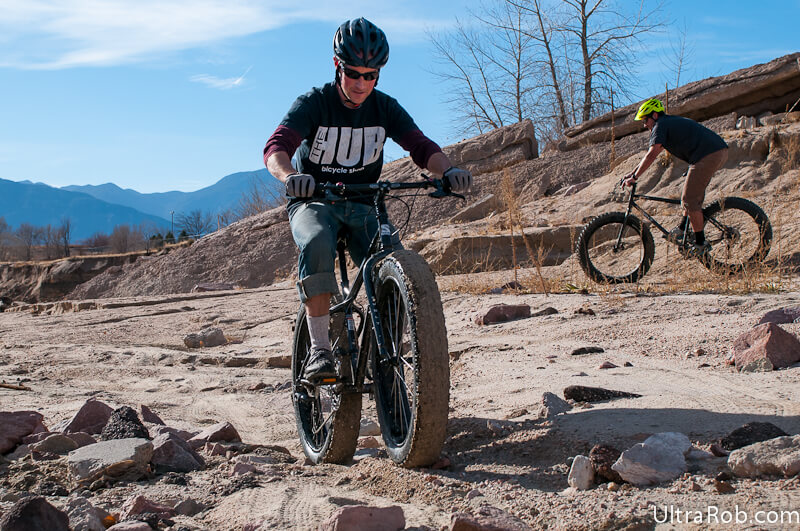



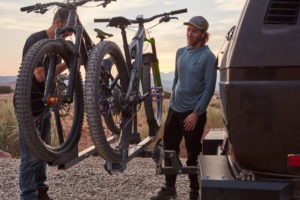
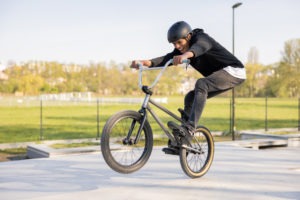
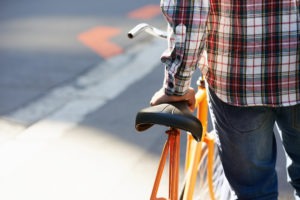
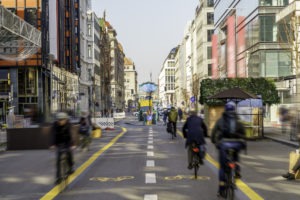
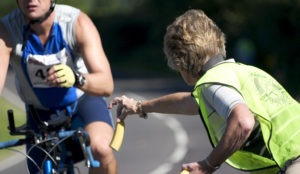
[…] is how often and how much abuse you’re going to put onto your bike. If you’re new to the sport this could be a great starter to understanding all the parts that go into your bike, and why they are so important. Or if you’re the seasoned […]